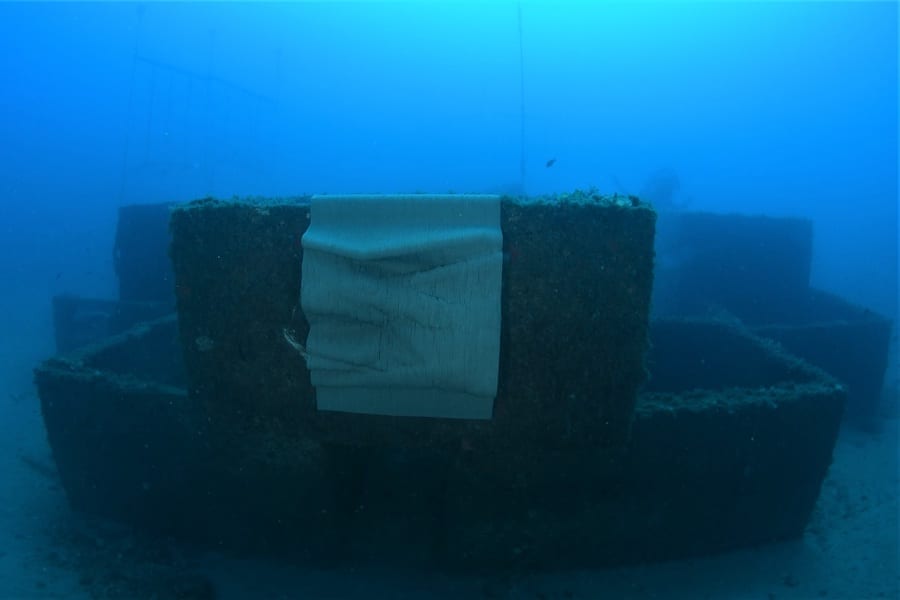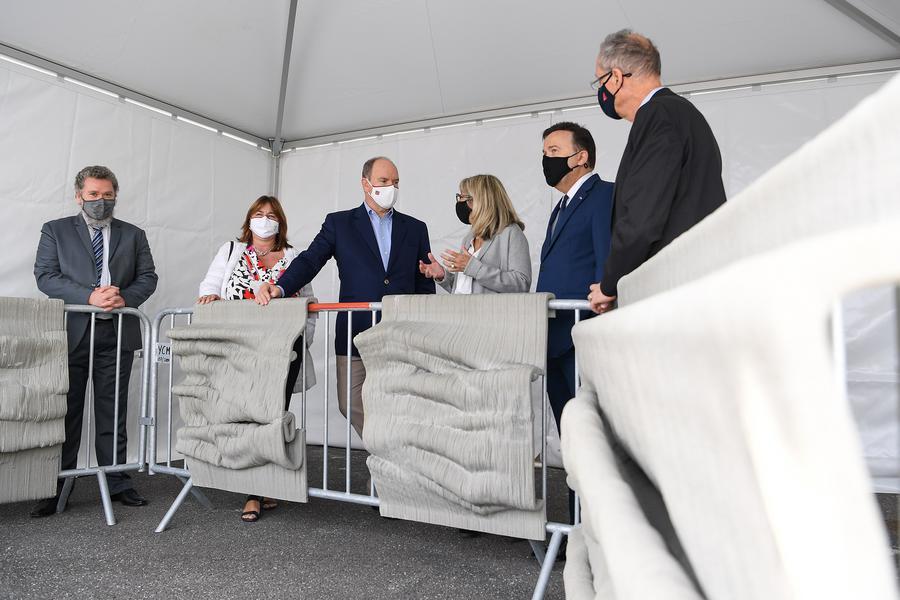
Photo: Next to Prince Albert II: Marie-Pierre Gramaglia, Minister of Equipment, Environment and Town Planning; Stéphane Valeri, President of the National Council; Robert Calcagno, Director General of the Oceanographic Institute, Prince Albert I Foundation, Prince of Monaco; Valérie Davenet, Director of the Environment; Raphaël Simonet, Head of the Natural Heritage division © Manuel Vitali / Government Communication Department
